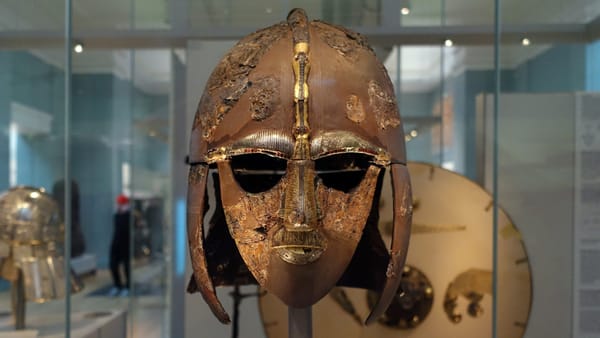91: Welcome to the party
A list of 15 things you can do about climate change, ranging from easy to illegal Dodo in a Landscape with Animals, c. 1629, Roelant Savery -- In last issue's link extravaganza, one of the more popular articles was a post by Emily Atkin, from her awesome climate

